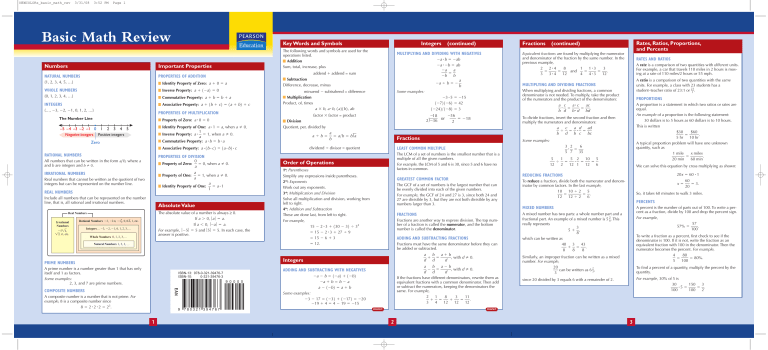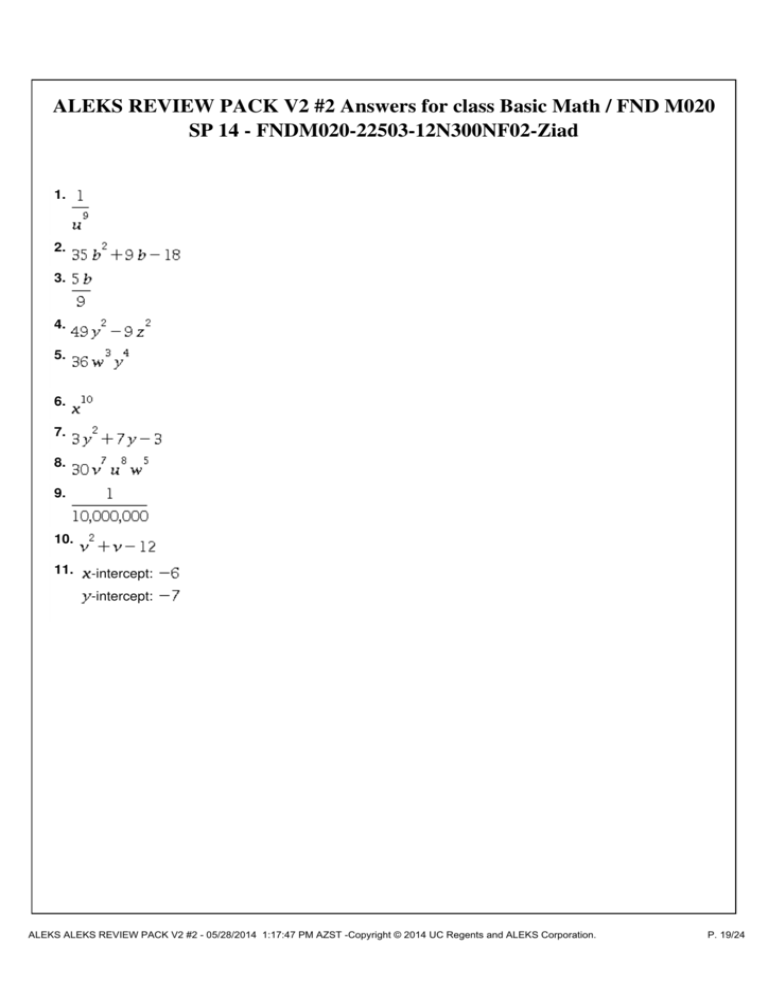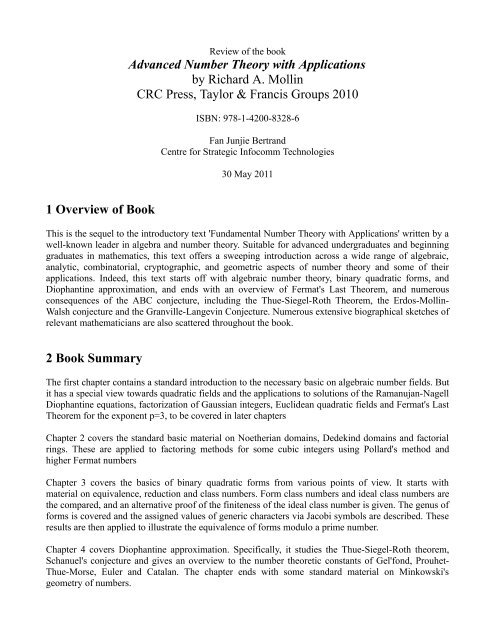
Melody is a succession of notes or voices arranged into a musical phrase. Musicians combine consonant and dissonant harmonies to make the music more exciting and intriguing. Consonant interval examples are unison, thirds, fifths, and octaves. Constant chords also transition smoothly with one another in a progression. All the notes in a consonant chord have intervals that play nicely together. Consonant harmony sounds stable and pleasing.Dissonant interval examples are seconds, sevenths, and ninths. This tension releases by resolving to consonant chords. The result adds tension and makes the chord sound unstable. Dissonant harmony adds notes that do not sound pleasant when played together.There are two main types of harmony: dissonant and consonant. However, not all harmonies are pleasing to our ear. The multiple voices that make up a choir blend to make a harmonious sound. The combined voices of a choir are a perfect example. The chords and chord progressions in a piece of music support or complement the melody.Ĭombining vocal parts also creates harmony.

A chord has three or more notes that play at the same time. The combined sounds in harmonies complement one another and sound pleasing.Ĭhords and chord progressions are examples of harmony. Harmony is when multiple notes or voices play simultaneously to produce a new sound. Solidly understanding these three core elements will help you learn basic music theory. The building blocks that form musical compositions include: There are several practices, disciplines, and concepts.īest to learn music fundamentals first before exploring advanced music theory. Music theory is a complex and extensive subject. It also recognizes musical qualities such as pitch, tone, timbre, texture, dynamics, and others. It identifies compositional elements such as song form, tempo, notes, chords, key signatures, intervals, scales, and more. It also provides a system to interpret musical compositions.įor example, basic music theory defines the elements that form harmony, melody, and rhythm. Musical theory examines the fundamentals of music. Music theory is a practice musicians use to understand and communicate the language of music.


The Fundamentals of Music Theory (Music Theory for Dummies).The Benefits of Music Theory: Why Study Music Theory?.


 0 kommentar(er)
0 kommentar(er)
